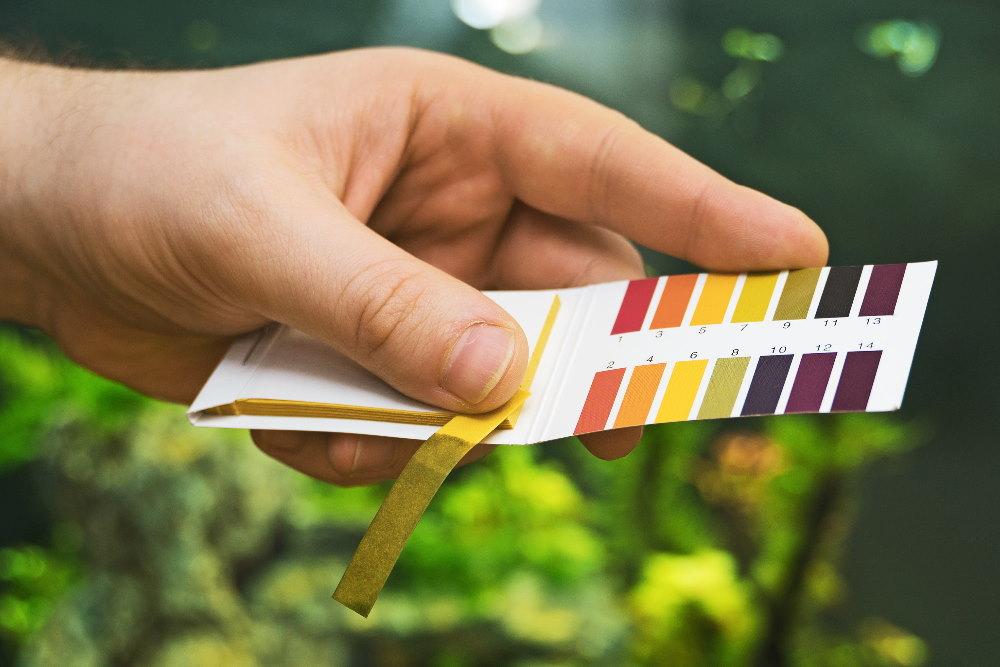I like simple, too
Your first link is the kit I have on order. Should be here Tues.
Your second link doesn't do anything that the pool kit didn't.
My GH is 100ppm
My alkalinity (also known as KH, right?) is 40ppm. That works out to 2.236, which is low. I'm hoping the plants raise that.

The Fish Keeper’s Guide to pH, GH, and KH | Water Chemistry 101
This practical guide for beginners explains what these water chemistry terms mean, when you should test for them, and how to raise or lower them if needed.


